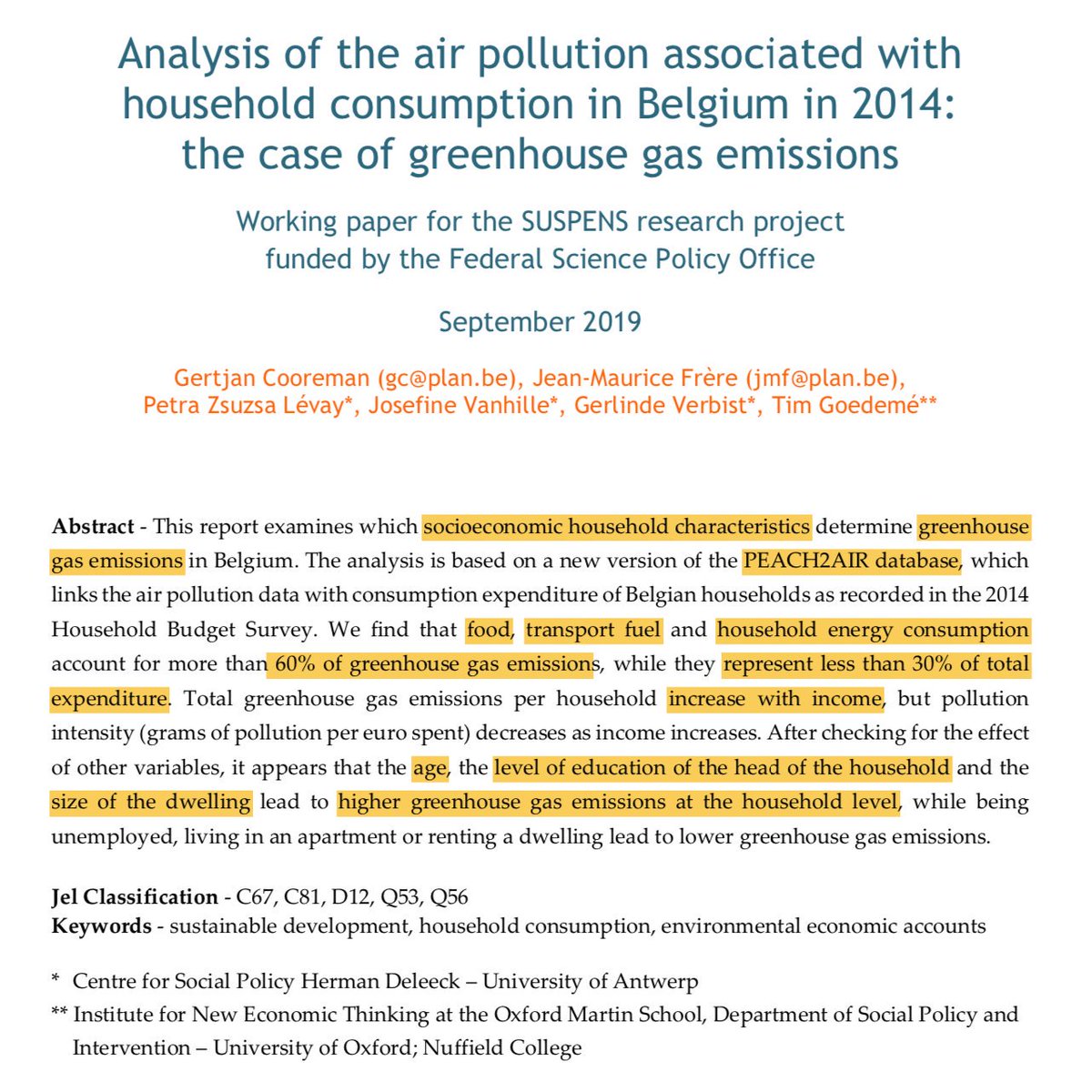*Food/transport/housing largest impact
*Impact ↗️ with age, education, income
@MathiasB9 @Apache_be @jnwlrvn @Dirk_Lauwers


No multi-regional model, as most detailed only has 162 industries.
[see als plan.be/admin/uploaded…]
@dr_anneowen


Get real-time email alerts when new unrolls are available from this author!
Twitter may remove this content at anytime, convert it as a PDF, save and print for later use!

1) Follow Thread Reader App on Twitter so you can easily mention us!
2) Go to a Twitter thread (series of Tweets by the same owner) and mention us with a keyword "unroll"
@threadreaderapp unroll
You can practice here first or read more on our help page!



